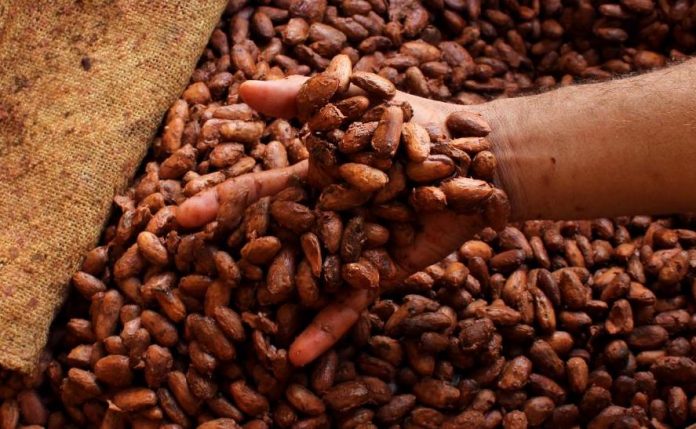Fermentation of cocoa beans requires precise collaboration among two types of bacteria, and yeast, says new research on what makes great chocolate. The new study, “The key to acetate: Metabolic fluxes of acetic acid bacteria under cocoa pulp fermentation simulating conditions,”.
Good chocolate is among the world’s most beloved foods, which is why scientists are seeking to improve the product, and enhance the world’s pleasure. A team of researchers from Germany and Switzerland—the heartland of fine chocolate—have embarked upon a quest to better understand natural cocoa fermentation and have published findings ahead of print in the journal Applied and Environmental Microbiology.
“Our studies have unraveled the metabolism of the rather unexplored acetic acid bacteria in the complex fermentation environment,” says corresponding author Christoph Wittmann, according to news release, “Fermentation of cocoa beans requires precise collaboration among 2 bacteria, and yeast .” Wittmann is with the Saarland University, Saarbruecken, Germany.
In the study, Wittmann and his collaborators from the Nestle Research Centre, Lausanne, Switzerland, simulated cocoa pulp fermentation in the laboratory. They mapped metabolic pathway fluxes of the acetic acid bacteria, feeding them specific isotopes that could easily be tracked. Wittmann compares the process to viewing the flows of city traffic from the sky. “We could see what they eat and how they use the nutrients to fuel the different parts of their metabolism in order to grow and produce extracellular products,” he says.
The key molecule to initiate flavor development is acetate, says Wittmann, noting that “The intensity of the aroma from a fermented bean is amazing.”
Production of acetate requires two major nutrients: lactate and ethanol. These are produced by lactic acid bacteria, and yeast, respectively, during the initial fermentation of cocoa pulp sugars, says Wittmann., according to the news release. The acetic acid bacteria then process these simultaneously, via separate metabolic pathways, ultimately producing acetate from them.
“This discovery reveals a fine-tuned collaboration of a multi-species consortium during cocoa fermentation,” says Wittman, according to the news release. And that may help improve selection of natural strains for better-balanced starter cultures.
Applied and Environmental Microbiology is a publication of theAmerican Society for Microbiology (ASM). The ASM is the largest single life science society, composed of over 39,000 scientists and health professionals. Its mission is to advance the microbiological sciences as a vehicle for understanding life processes and to apply and communicate this knowledge for the improvement of health and environmental and economic well-being worldwide.








